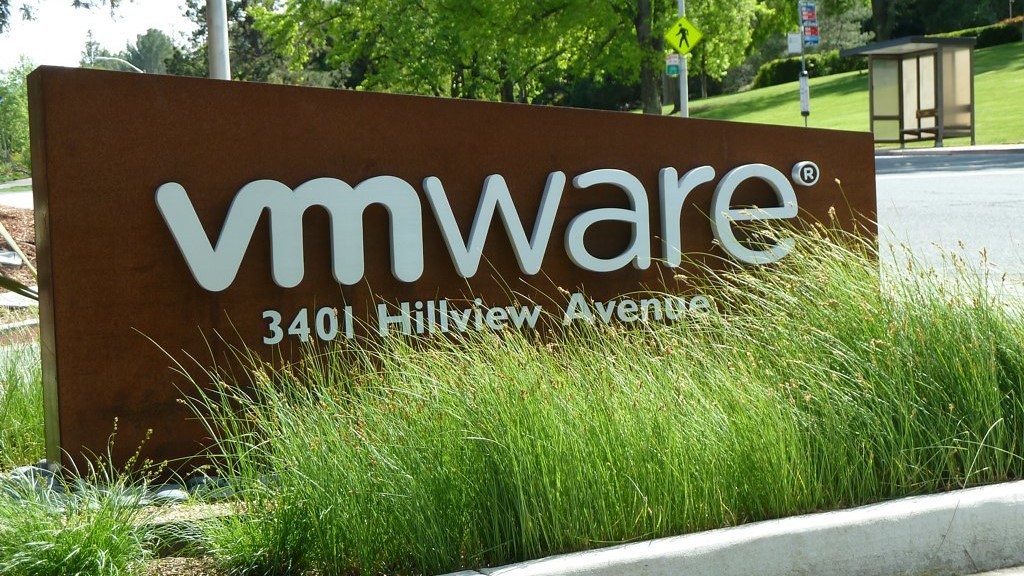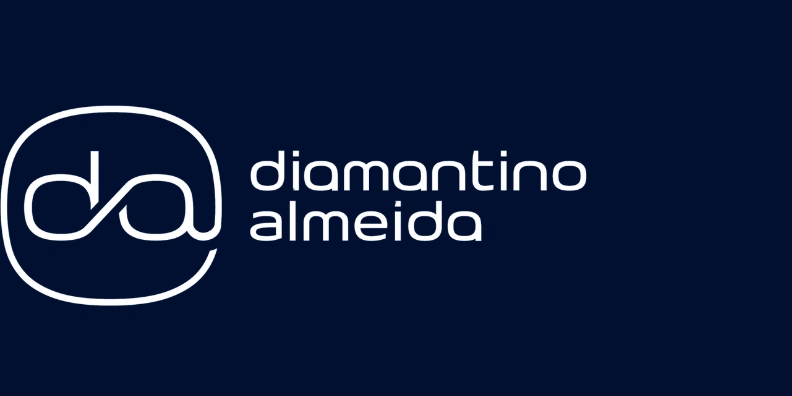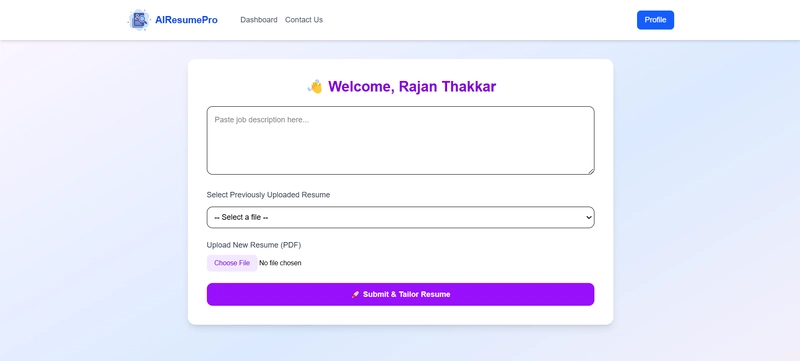Navigating Financial Stability in Open Source: Strategies for Long-Term Funding
Abstract: This post dives into the evolving landscape of financial sustainability in open source projects. It covers the rise of new funding models—from donations and corporate sponsorships to dual licensing and blockchain-based tokenization—while exploring community governance, digital security, and emerging trends such as NFTs in open source funding. With a rich historical context and practical use cases, this analysis provides developers, project maintainers, and sponsors with actionable insights into how financial stability can drive innovation in today's competitive technology space. Introduction Open source projects have long been the lifeblood of technological innovation, fueling everything from everyday productivity tools to groundbreaking blockchain protocols. As these initiatives increasingly intersect with rapidly evolving technologies such as blockchain and NFTs, ensuring long-term financial stability has become critical. This post explores the financial architecture underpinning open source projects, examines new funding mechanisms, and discusses challenges and future trends. In doing so, we will refer to key insights from the Original Article while integrating complementary sources on sustainable funding for open source and dual licensing approaches. Financial stability is not only vital for maintenance and development but also for empowering creative and innovative work. With funding models shifting from traditional donations to more complex structures including tokenization and NFT-based sponsorship, it is an ideal time for developers and sponsors to re-evaluate and embrace robust financial strategies. Background and Context Historically, open source projects began as grassroots initiatives driven by volunteers passionate about collaboration, transparency, and shared improvement. In the early days, these projects often depended on minimal financial support through informal donations or community goodwill. Over time, as the open source ecosystem expanded and became integral to industries like blockchain and decentralized finance (DeFi), the need for stable funding models increased dramatically. Today, community-driven development, transparent financial practices, and diverse funding streams define the modern open source environment. Platforms like Open Collective and GitHub Sponsors have streamlined direct contributions, while corporate sponsorships and grant programs offer additional layers of financial support. The evolution from volunteer-based efforts to professionally managed projects has necessitated structured budgeting, auditing, and revenue sharing practices. In addition, projects increasingly incorporate blockchain-enabled funding mechanisms. Cryptocurrency donations, tokenized licensing, and NFT-based sponsorships have transformed how open source projects access capital. These models not only ensure that developers and contributors receive fair compensation but also boost trust through immutable, transparent ledger technology—reinforced by studies such as the Firefox data sharing privacy report. Core Concepts and Features At the center of open source financial stability are several key components which include funding mechanisms, economic models and transparency, integration with blockchain/NFT innovations, and robust community governance. Funding Mechanisms Funding for open source projects comes from multiple channels: Donations and Crowdfunding: Platforms such as Patreon and Open Collective enable contributors and community members to fund projects voluntarily. Corporate Sponsorship: Many organizations that rely on open source software contribute funds to ensure continuous development and support. Corporate partnerships not only provide capital but also technical and marketing expertise. Grants and Foundations: Nonprofit organizations like the Apache Software Foundation offer grants to support innovation. Dual Licensing Models: By offering both free community versions alongside paid enterprise editions, projects leverage a dual licensing approach for additional income while maintaining open access. Merchandising and Educational Content: Revenue generated from branded merchandise or educational initiatives further supplements funding. Economic Models and Transparency A successful financial model in open source requires clear, transparent economic practices. These include: Open Budgeting: Regular publication of budget allocations builds trust among contributors and sponsors. Clear Revenue Distribution: Detailed income and expense reports help stakeholders assess financial health. Sustainable Investment: A mix of one-time contributions and recurring funding ensures long-term viability. Below is an illustrative table summarizing these funding mechanisms: Funding Mechanism Description Examples Donations/Crowdfunding Voluntary contributions from individuals supporting the project Patreon, Ope
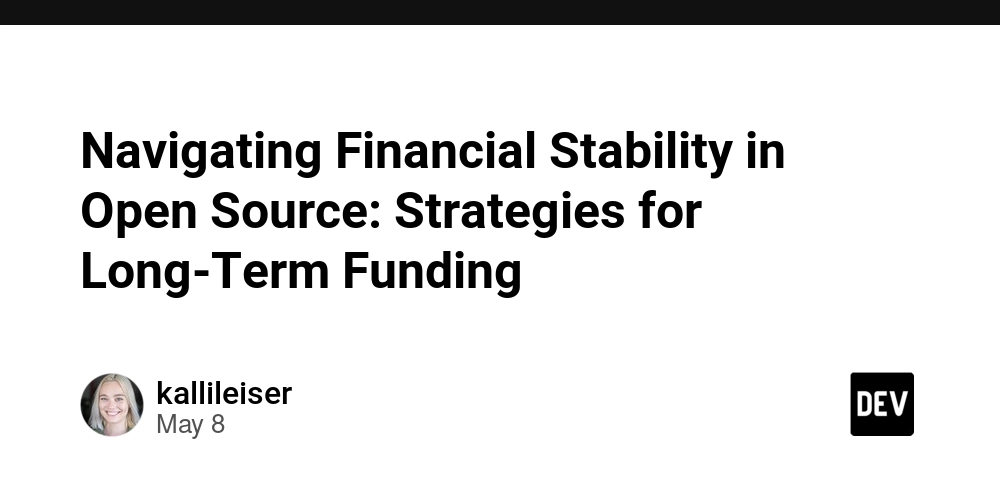
Abstract:
This post dives into the evolving landscape of financial sustainability in open source projects. It covers the rise of new funding models—from donations and corporate sponsorships to dual licensing and blockchain-based tokenization—while exploring community governance, digital security, and emerging trends such as NFTs in open source funding. With a rich historical context and practical use cases, this analysis provides developers, project maintainers, and sponsors with actionable insights into how financial stability can drive innovation in today's competitive technology space.
Introduction
Open source projects have long been the lifeblood of technological innovation, fueling everything from everyday productivity tools to groundbreaking blockchain protocols. As these initiatives increasingly intersect with rapidly evolving technologies such as blockchain and NFTs, ensuring long-term financial stability has become critical. This post explores the financial architecture underpinning open source projects, examines new funding mechanisms, and discusses challenges and future trends. In doing so, we will refer to key insights from the Original Article while integrating complementary sources on sustainable funding for open source and dual licensing approaches.
Financial stability is not only vital for maintenance and development but also for empowering creative and innovative work. With funding models shifting from traditional donations to more complex structures including tokenization and NFT-based sponsorship, it is an ideal time for developers and sponsors to re-evaluate and embrace robust financial strategies.
Background and Context
Historically, open source projects began as grassroots initiatives driven by volunteers passionate about collaboration, transparency, and shared improvement. In the early days, these projects often depended on minimal financial support through informal donations or community goodwill. Over time, as the open source ecosystem expanded and became integral to industries like blockchain and decentralized finance (DeFi), the need for stable funding models increased dramatically.
Today, community-driven development, transparent financial practices, and diverse funding streams define the modern open source environment. Platforms like Open Collective and GitHub Sponsors have streamlined direct contributions, while corporate sponsorships and grant programs offer additional layers of financial support. The evolution from volunteer-based efforts to professionally managed projects has necessitated structured budgeting, auditing, and revenue sharing practices.
In addition, projects increasingly incorporate blockchain-enabled funding mechanisms. Cryptocurrency donations, tokenized licensing, and NFT-based sponsorships have transformed how open source projects access capital. These models not only ensure that developers and contributors receive fair compensation but also boost trust through immutable, transparent ledger technology—reinforced by studies such as the Firefox data sharing privacy report.
Core Concepts and Features
At the center of open source financial stability are several key components which include funding mechanisms, economic models and transparency, integration with blockchain/NFT innovations, and robust community governance.
Funding Mechanisms
Funding for open source projects comes from multiple channels:
- Donations and Crowdfunding: Platforms such as Patreon and Open Collective enable contributors and community members to fund projects voluntarily.
- Corporate Sponsorship: Many organizations that rely on open source software contribute funds to ensure continuous development and support. Corporate partnerships not only provide capital but also technical and marketing expertise.
- Grants and Foundations: Nonprofit organizations like the Apache Software Foundation offer grants to support innovation.
- Dual Licensing Models: By offering both free community versions alongside paid enterprise editions, projects leverage a dual licensing approach for additional income while maintaining open access.
- Merchandising and Educational Content: Revenue generated from branded merchandise or educational initiatives further supplements funding.
Economic Models and Transparency
A successful financial model in open source requires clear, transparent economic practices. These include:
- Open Budgeting: Regular publication of budget allocations builds trust among contributors and sponsors.
- Clear Revenue Distribution: Detailed income and expense reports help stakeholders assess financial health.
- Sustainable Investment: A mix of one-time contributions and recurring funding ensures long-term viability.
Below is an illustrative table summarizing these funding mechanisms:
| Funding Mechanism | Description | Examples |
|---|---|---|
| Donations/Crowdfunding | Voluntary contributions from individuals supporting the project | Patreon, Open Collective |
| Corporate Sponsorship | Financial support from companies benefiting from the project | GitHub Sponsors, direct corporate funding |
| Grants & Foundations | Financial aid from non-profit organizations and foundations | Apache Software Foundation |
| Dual Licensing | Offering free and paid versions to both sustain and monetize | MySQL, dual licensing approach |
| Merchandising & Content | Revenue through sales of merchandise and educational content | Branded merchandise, online courses |
Blockchain and NFT Integration
Blockchain technology and NFT innovations have revolutionized funding in open source:
- Tokenization of Funding: Cryptocurrency-based micropayments offer a fine-grained, transparent method of funding.
- NFT-Based Sponsorship: Open source projects are now exploring NFT sponsorships where unique tokens can represent a stake in the project. This model not only diversifies revenue streams but transforms passive supporters into active financial advocates.
Integrating blockchain enhances security by ensuring cryptographic transaction transparency while reducing administrative overhead. Tokenized funding offers both liquidity and traceability, encouraging both new sponsors and community members to support financially.
Community Governance and Digital Security
Financial stability extends beyond cash flow. Effective governance and robust digital security are equally important:
- Decentralized Governance: Many projects utilize decentralized autonomous organizations (DAOs) to involve the community in financial decision-making.
- Security Protocols: Adopting blockchain security standards helps mitigate fraud and protects contributor earnings.
- Open Communication: Regular, transparent updates keep all stakeholders informed, building lasting trust.
These elements not only help projects scale but also ensure that financial decisions align with community needs and technological advancements.
Applications and Use Cases
Understanding the practical application of these financial models is crucial. Below are three detailed examples across various domains illustrating the implementation of sustainable funding strategies in open source projects.
Example 1: Blockchain Infrastructure Projects
Projects such as Ethereum and Hyperledger harness diversified funding streams to ensure sustained development. They employ a mix of corporate sponsorships, community grants, and dual licensing methodologies, and their economic models frequently include blockchain-based tokenization. Key aspects include:
- Transparent Governance: Many use DAOs to involve the community in funding decisions.
- Micropayment Models: Tokenized funding ensures small, traceable contributions that collectively fund large-scale projects.
- Hybrid Licensing: Offering free open source versions alongside enterprise products maximizes community benefit while generating revenue.
For further insights into blockchain funding models, see the comprehensive guide on open source project financial models.
Example 2: NFT-Driven Open Source Communities
Some open source projects have successfully incorporated NFTs to drive community engagement and revenue. In these cases:
- Tokenized Sponsorship: Contributors can receive NFT tokens that represent a kind of “membership” or share in the project, which might unlock premium features or early access to releases.
- Reward Systems: NFTs can serve as unique digital rewards for active contributors, thus fostering an engaged, supportive community.
- Dual Functionality: Combining the financial benefits of NFTs with inherent open source principles results in models that benefit both developers and sponsors.
This hybrid approach aligns creative digital art and software development, demonstrating that innovative NFT models can help bridge funding gaps.
Example 3: Open Source Privacy and Security Tools
Projects dedicated to user privacy, such as open source web browsers, face heightened operational costs due to the need for frequent security updates. Funding is achieved through:
- Corporate and Community Donations: Companies that rely on secure, privacy-focused tools often contribute funds to bolster these projects.
- Transparent Financial Reporting: Openly sharing budgets enhances trust and attracts further contributions.
- Blockchain Solutions: By employing blockchain for secure payments and transparent documentation of financial expenses, these projects safeguard both user data and donor trust.
A notable example is the Firefox data sharing privacy initiative, which emphasizes transparency and meticulous budgeting to ensure robust project maintenance and growth.
Challenges and Limitations
While the potential for innovative funding models is vast, open source projects face several challenges:
- Funding Variability: Traditional donation-based models may result in inconsistent revenue streams.
- Contributor Burnout: Over-reliance on unpaid volunteering can lead to stress and decreased productivity among key contributors.
- Operational Constraints: Limited budgets may restrain the adoption of state-of-the-art tools and enhanced security measures.
- Regulatory and Licensing Hurdles: Projects that adopt dual licensing or new blockchain-based financial models must navigate complex legal and regulatory frameworks.
- Market Competition: In a crowded ecosystem, projects must clearly articulate their value propositions to attract sponsors and funding.
Below is a summary table highlighting these challenges along with potential mitigation strategies:
| Challenge | Impact | Mitigation Strategy |
|---|---|---|
| Funding Variability | Interrupts continuous development | Diversify revenue streams through grants, corporate sponsorships, and token-based models |
| Contributor Burnout | Slows progress and risks losing top talent | Implement paid models and tokenized sponsorship to fairly compensate contributors |
| Operational Constraints | Limits infrastructure upgrades and security investments | Open budgeting and community grants help in reallocating funds efficiently |
| Regulatory Issues | Complicates licensing and compliance | Engage legal experts and adopt flexible licensing strategies such as the dual licensing approach |
| Market Competition | Hinders funding visibility and partner acquisition | Strengthen value propositions, increase transparency, and actively engage with potential sponsors |
Additional challenges include navigating the fast-paced evolution of blockchain technology and ensuring that funding approaches remain adaptive and resilient in the face of technological and economic change.
Future Outlook and Innovations
Looking ahead, the financial sustainability of open source projects will likely be shaped by emerging technologies and novel funding mechanisms.
Blockchain and Tokenization Trends
The continued evolution of blockchain will further impact funding models:
- Smart Contract Automation: Future financial transactions will likely use smart contracts, reducing administrative overhead and automating payments.
- Increased Token Adoption: As more projects adopt tokenization, micropayment and revenue-tracking models will become standard practice, ensuring better distribution and transparency.
NFT Integration for Community Engagement
NFTs will continue to serve a dual role—fueling financial stability while boosting community involvement:
- Unique Incentives: Future designs may see NFTs that provide tangible benefits along with intangible community status.
- Enhanced Liquidity: NFT-based sponsorship can generate liquidity for projects, paving the way for immediate reinvestment into development and security.
Licensing Innovations and Data Analytics
New licensing models integrated with blockchain could offer real-time compliance monitoring and revenue-sharing schemes. Additionally, advanced data analytics will refine financial models, enabling real-time tracking of contributions and expenditures. Enhanced transparency will not only build community trust but also attract diverse sponsorship opportunities.
Collaborative Ecosystems
Deepening collaborations between open source communities and established enterprises are expected to reinforce funding mechanisms. The blending of decentralized governance (e.g., DAOs) with traditional corporate funding could create hybrid models that leverage the strengths of both systems.
For further exploration of blockchain project funding and community-driven innovation, consider reading insightful posts such as Navigating Financial Challenges in Open Source Projects and The Rise of Crowdfunding Platforms: GitHub Sponsors vs Patreon.
Summary
In summary, the pathway to financial stability in the open source ecosystem is paved with innovation, robust economic models, and transparent governance. Key aspects include diversified funding channels—ranging from donations and corporate sponsorships to dual licensing and blockchain-powered tokenization—as well as steadfast commitment to community transparency and security.
Key takeaways:
- Funding Diversity: Leverage multiple revenue streams such as grants, corporate sponsorships, and blockchain-based micropayments.
- Transparency: Employ open budgeting and clear revenue reporting to build trust.
- Hybrid Models: Integrate dual licensing and NFT-based sponsorship to balance free software distribution with financial returns.
- Future Trends: Embrace smart contracts, tokenization, advanced analytics, and collaborative governance to secure long-term stability.
As open source projects increasingly navigate the intersection of technology and economics, the strategies outlined above will enable them to not only survive but thrive. By actively engaging with innovative funding methods and transparent financial planning, contributors, developers, and sponsors can drive sustainable growth and continue to fuel the innovation that underpins the modern digital world.
References and Further Reading
For further insights into financial models and sustainability in open source projects, consider these resources:
- Open Source Project Financial Sustainability
- Sustainable Funding for Open Source
- Dual Licensing Approach
- Open Source Sponsorship
- Firefox Data Sharing Privacy
- Open Source Project Financial Models
Additional perspectives from the community can be explored in posts on Dev.to such as:
- Navigating Financial Challenges in Open Source Projects
- Open Source Funding and Blockchain Project Funding: Building a Community-Driven Future
- The Rise of Crowdfunding Platforms: GitHub Sponsors vs Patreon
By embracing these insights and integrating modern financial strategies, the open source ecosystem can secure a resilient, innovation-driven future for all stakeholders.
This article is designed to be accessible to developers, tech enthusiasts, and stakeholders seeking a data-driven, holistic understanding of financial stability in open source projects.









































































































































































![[The AI Show Episode 146]: Rise of “AI-First” Companies, AI Job Disruption, GPT-4o Update Gets Rolled Back, How Big Consulting Firms Use AI, and Meta AI App](https://www.marketingaiinstitute.com/hubfs/ep%20146%20cover.png)









































































































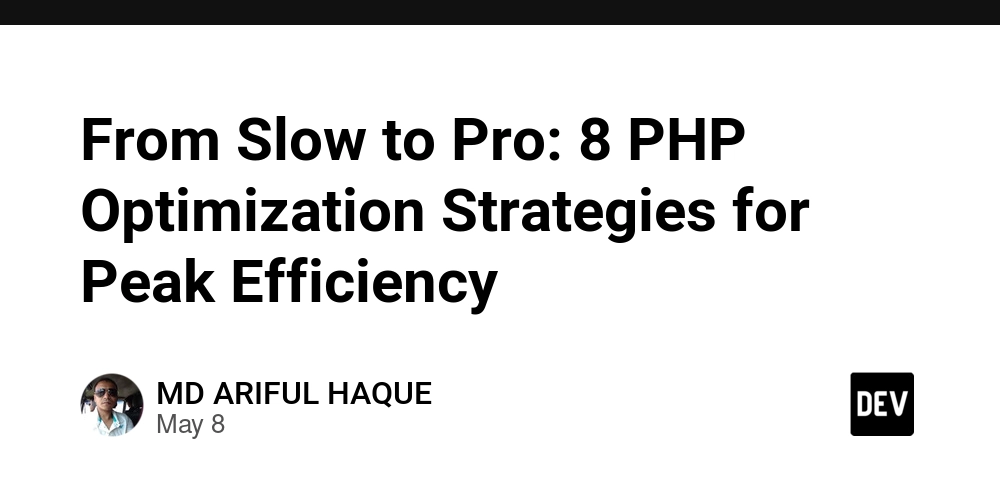
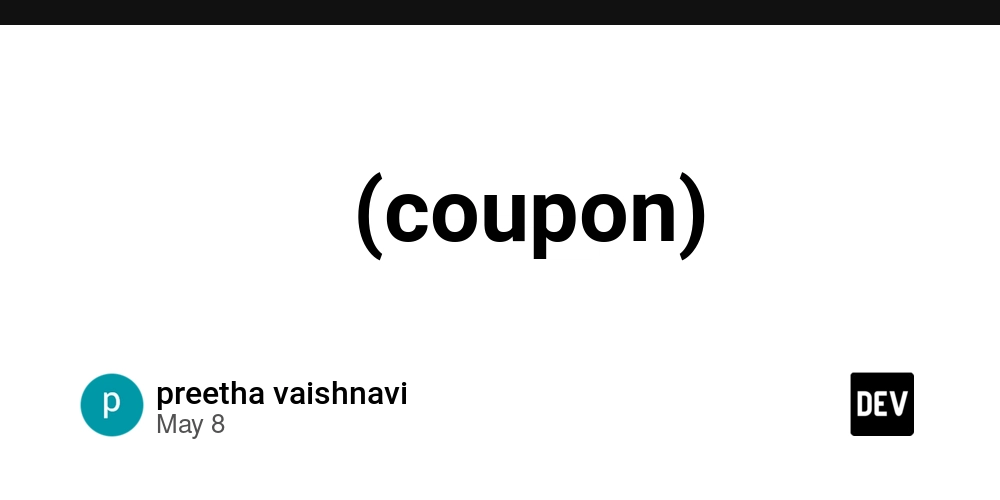
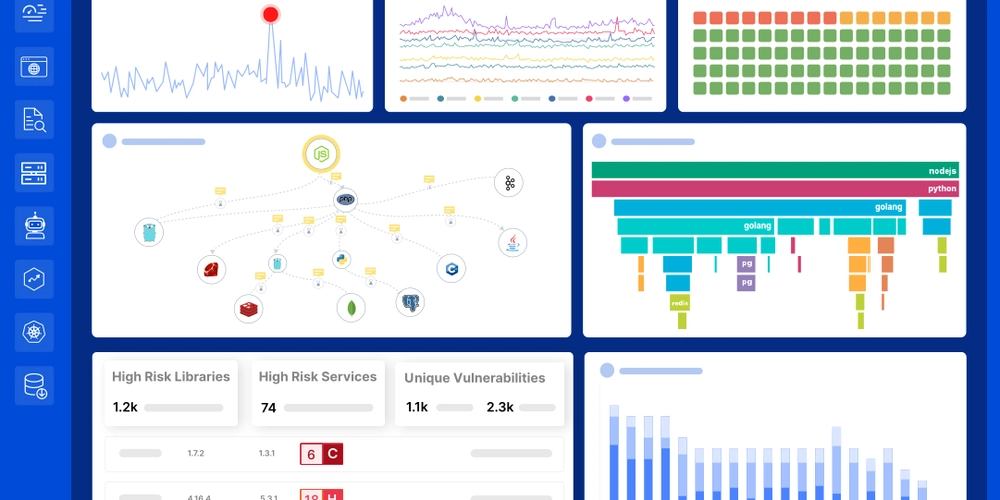













![[DEALS] The Premium Python Programming PCEP Certification Prep Bundle (67% off) & Other Deals Up To 98% Off – Offers End Soon!](https://www.javacodegeeks.com/wp-content/uploads/2012/12/jcg-logo.jpg)
















































































































































































































































![Honor 400 series officially launching on May 22 as design is revealed [Video]](https://i0.wp.com/9to5google.com/wp-content/uploads/sites/4/2025/05/honor-400-series-announcement-1.png?resize=1200%2C628&quality=82&strip=all&ssl=1)














![Beats Studio Pro Wireless Headphones Now Just $169.95 - Save 51%! [Deal]](https://www.iclarified.com/images/news/97258/97258/97258-640.jpg)




















